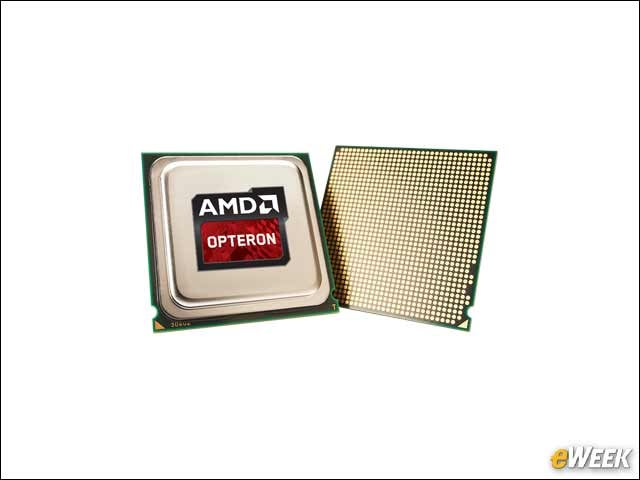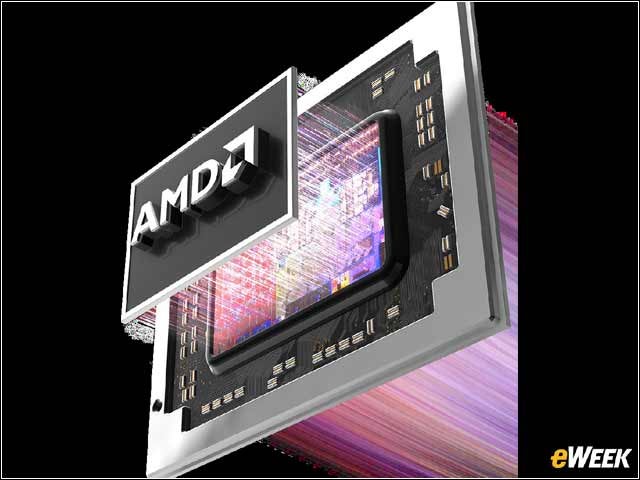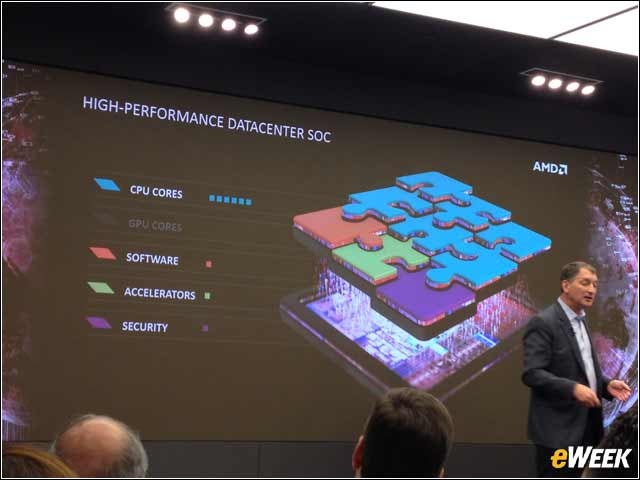eWEEK content and product recommendations are editorially independent. We may make money when you click on links to our partners. Learn More.
2The Need to Simplify
3That Means Choosing Where to Focus …
4… Where Not to Invest …
5… And What to Get Rid Of
6It’s All About ‘Zen’
7ARM Still on the Roadmap
AMD will continue pushing forward on its plans to become the top vendor of ARM-based server chips, starting with the long-awaited Opteron A1100 “Seattle” processor, which will come later this year. Forrest Norrod, senior vice president and general manager of the company’s Enterprise, Embedded and Semi-Custom Unit, said customers still want a choice other than Intel in the data center.
8Then It’s Onto ‘K12’
9AMD Also Is Developing Server APUs
10HBM Is on the Way
AMD will begin putting high-bandwidth memory into its next-generation Radeon GPUs. The technology essentially stacks memory chips for greater performance, power efficiency and density, and offers three times the performance-per-watt of the current GDDR5 and a 50 percent increase in energy efficiency, AMD says.
11AMD’s NoC Design Approach
The vendor’s network-on-a-chip technology design method takes advantage of reusable IP building blocks to maximize efficiency, which in turn should lower cost and time-to-market for AMD products, according to Papermaster.










